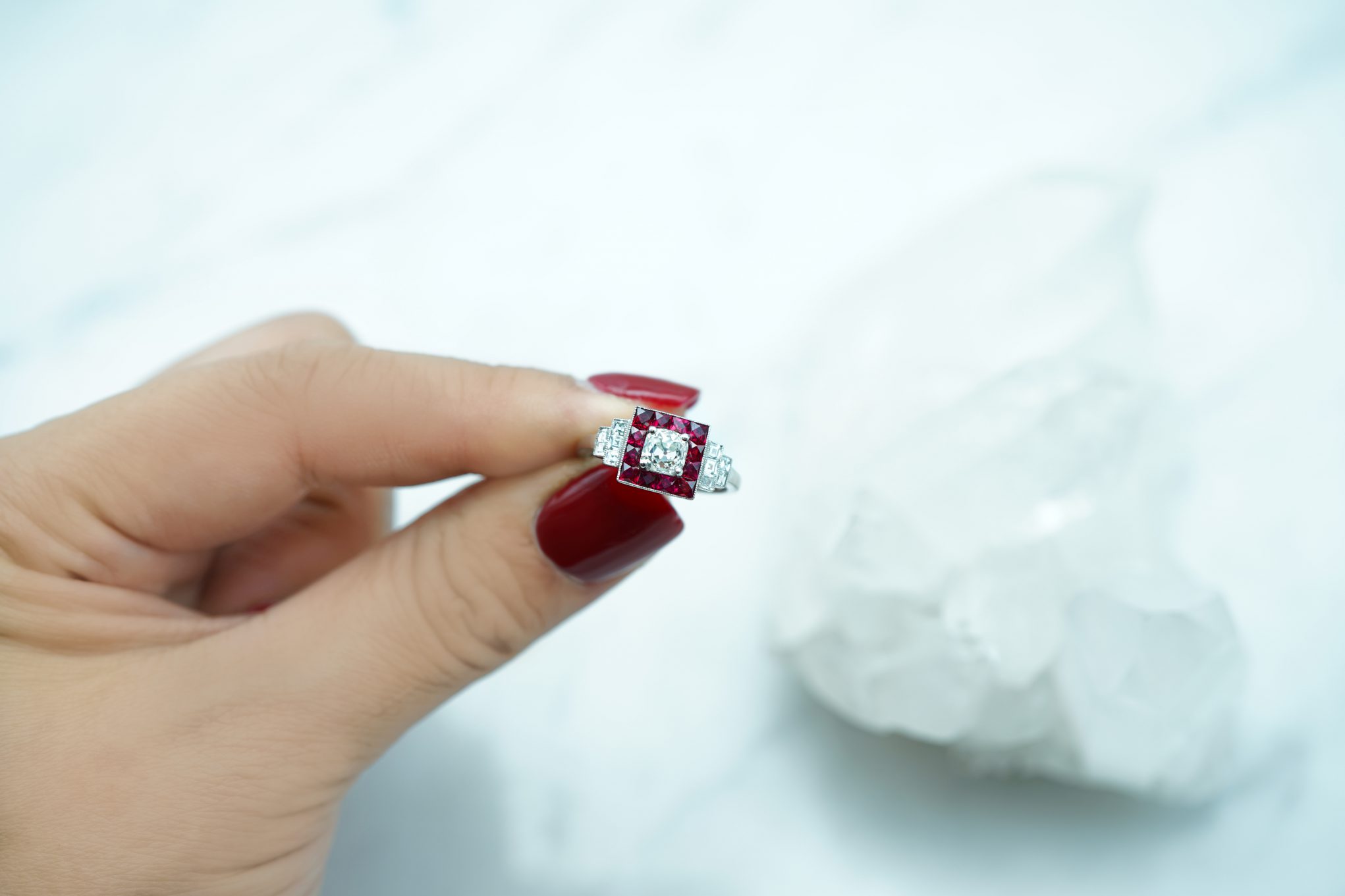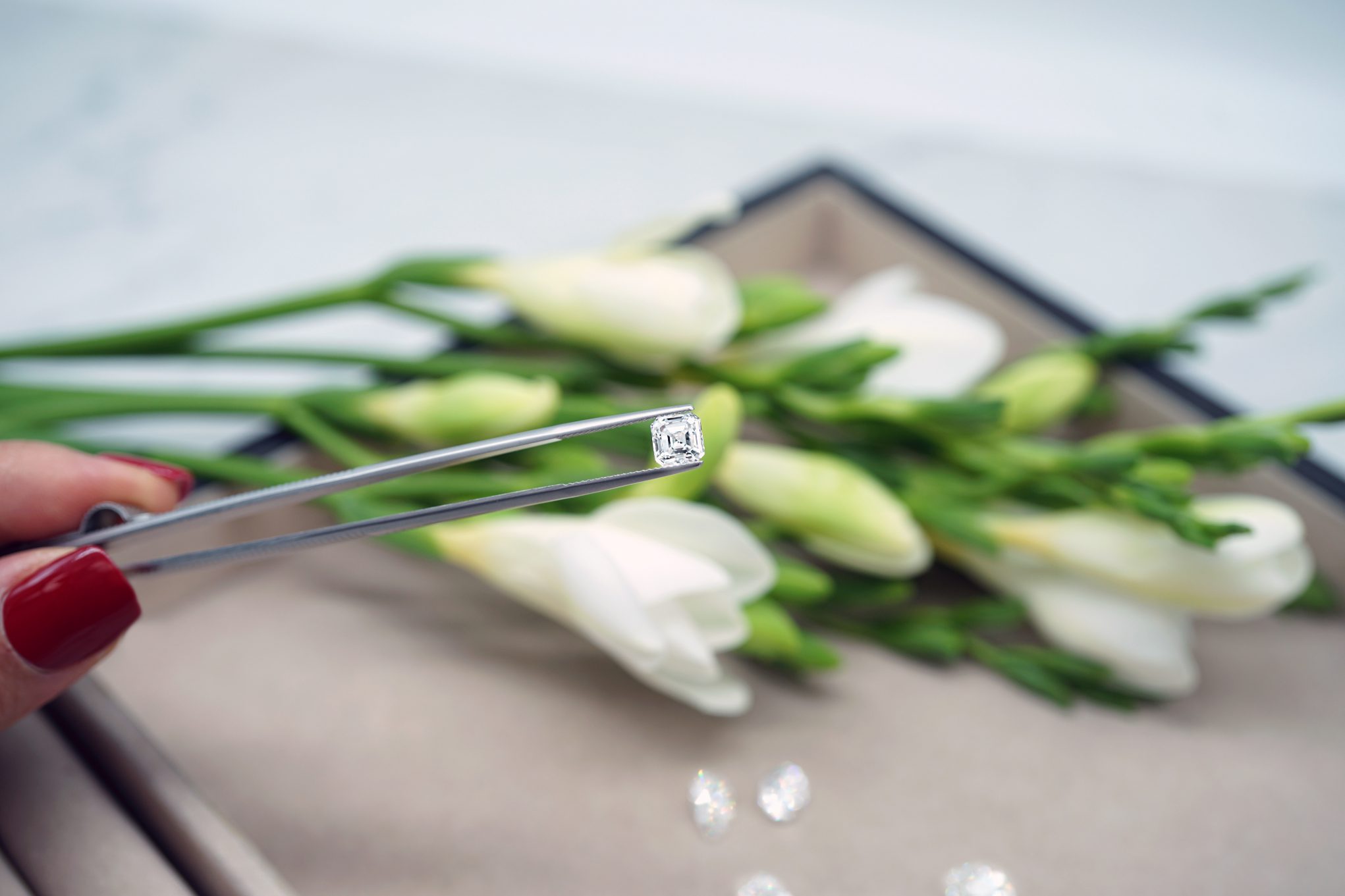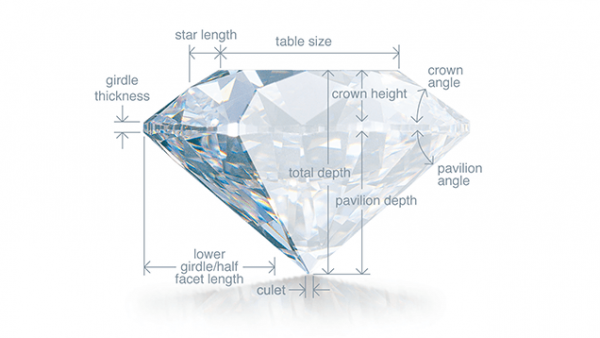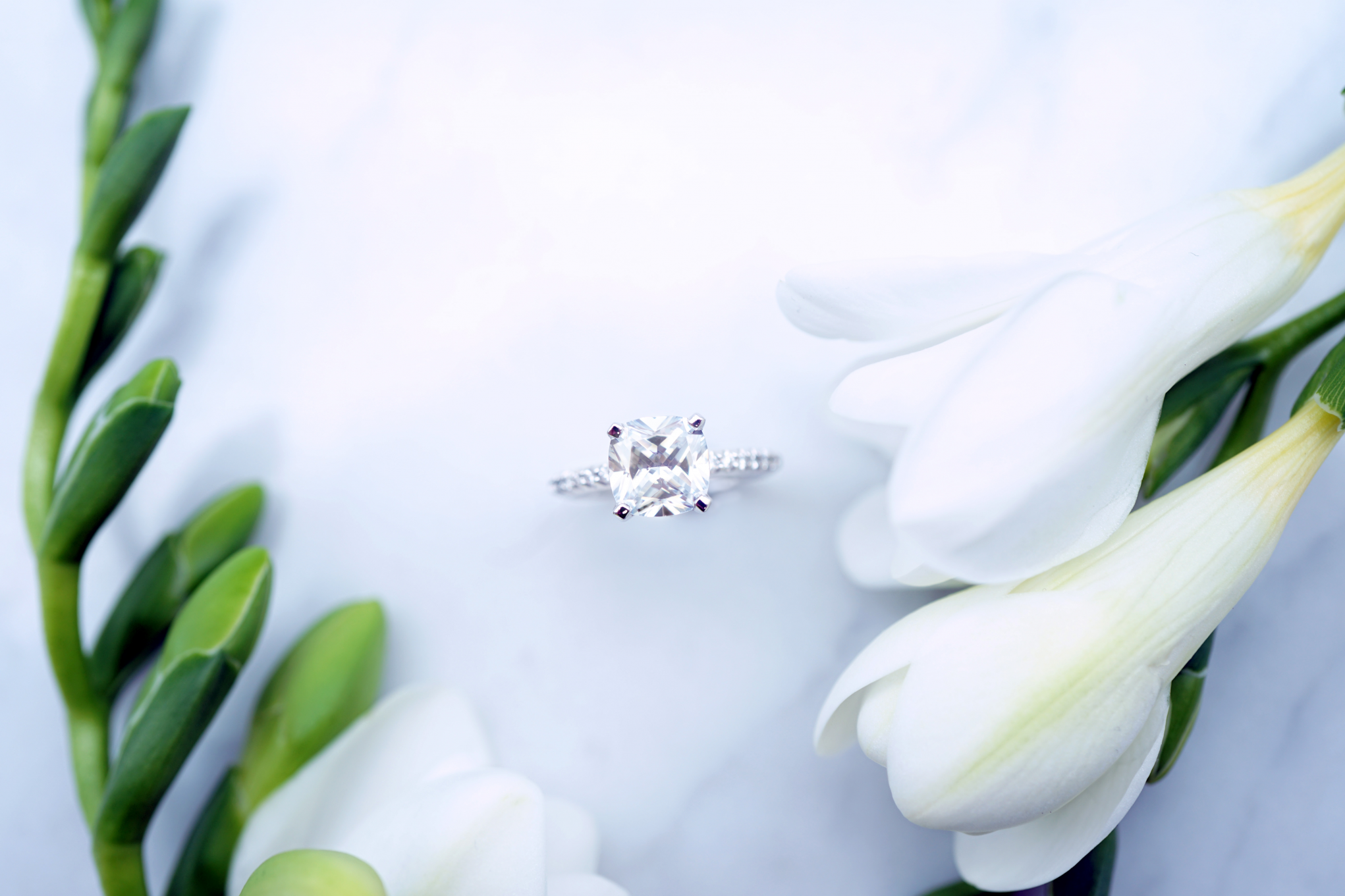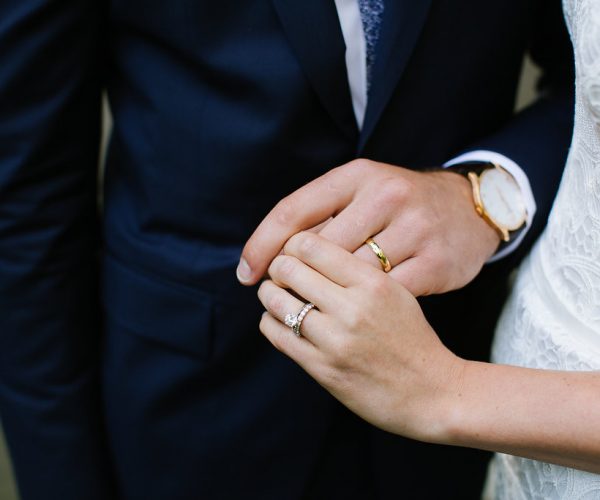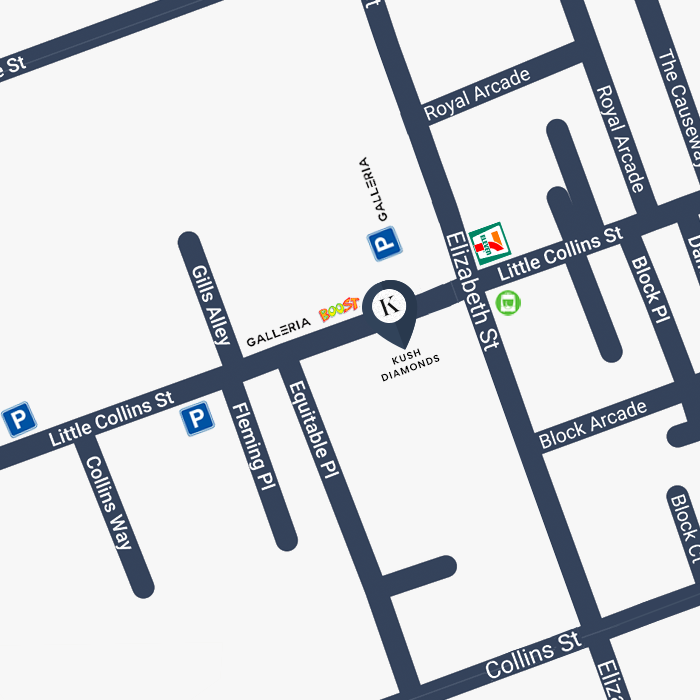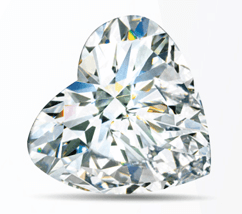
Heart
This eternally romantic and feminine shape is not as prevalent as you might expect, making it all the more special. Heart-shaped diamonds should have two symmetrical halves with a distinct cleft and even wings and lobes. A perfect shape for Valentine’s Day.
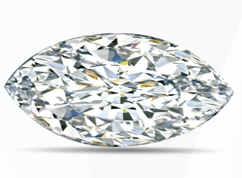
Marquise
Named after a mistress of King Louis XV, whose mouth it was thought to resemble, this shape creates an illusion that the diamond is larger in size. Watch out for symmetry in marquise-shaped diamonds — even the slightest difference can make a diamond appear uneven and unbalanced.
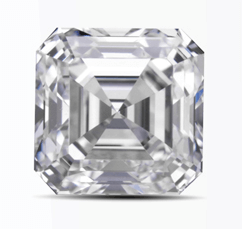
Octagonal
You’ll often see octagonal-shaped diamonds with an emerald cut, the emblem of the Art Deco period. The rectangular table and step-cut facets give it a mirror-like appearance, which means that clarity will be an important quality for the diamond, since inclusions are highly visible.
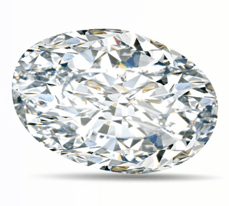
Oval
Oval-shaped diamonds have a long history, dating back as early as 1304 with the famous Koh-i-Noor. Today, they’re making a strong comeback, and are a popular choice, particularly if you’d like your finger to appear longer and slimmer. Like round diamonds, ovals cut in the brilliant style exhibit a similar fire and brilliance.
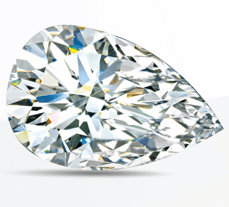
Pear
Resembling a teardrop, the pear shape blends the best of the round and marquise shapes. Rounded shoulders and wings create an appealing outline, but symmetry is key for this shape. Wear the point out toward the tip of your fingers for a slimming effect on your hand.
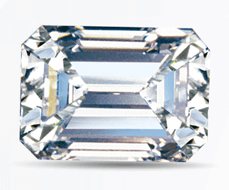
Rectangle
Rectangular shapes come in a variety of cuts, including cushion, barion, and baguette. The Asscher and cushion cuts surged in popularity in the early 19000, making these ideal for those who prefer classic jewelry. Look for parallel sides and even corners with this shape.
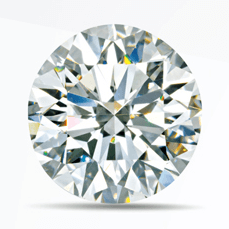
Round
Used frequently in earrings, pendants and solitaire engagement rings, round remains the most popular shape for diamonds. Virtually all round diamonds are brilliant-cut and for good reason. When cut as a round brilliant, the diamond’s angles help to enhance its fire and brilliance.
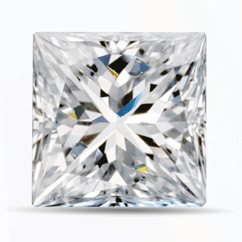
Square
This This dynamic shape has the extraordinary ability to look either
modern or vintage, and creates the illusion of a larger diamond. Most square-shaped diamonds will feature either a princess or Quadrillion cut, and are quite popular engagement ring choices. When choosing a square diamond, make sure all sides are parallel, and choose a prong setting that will protect the corners.


